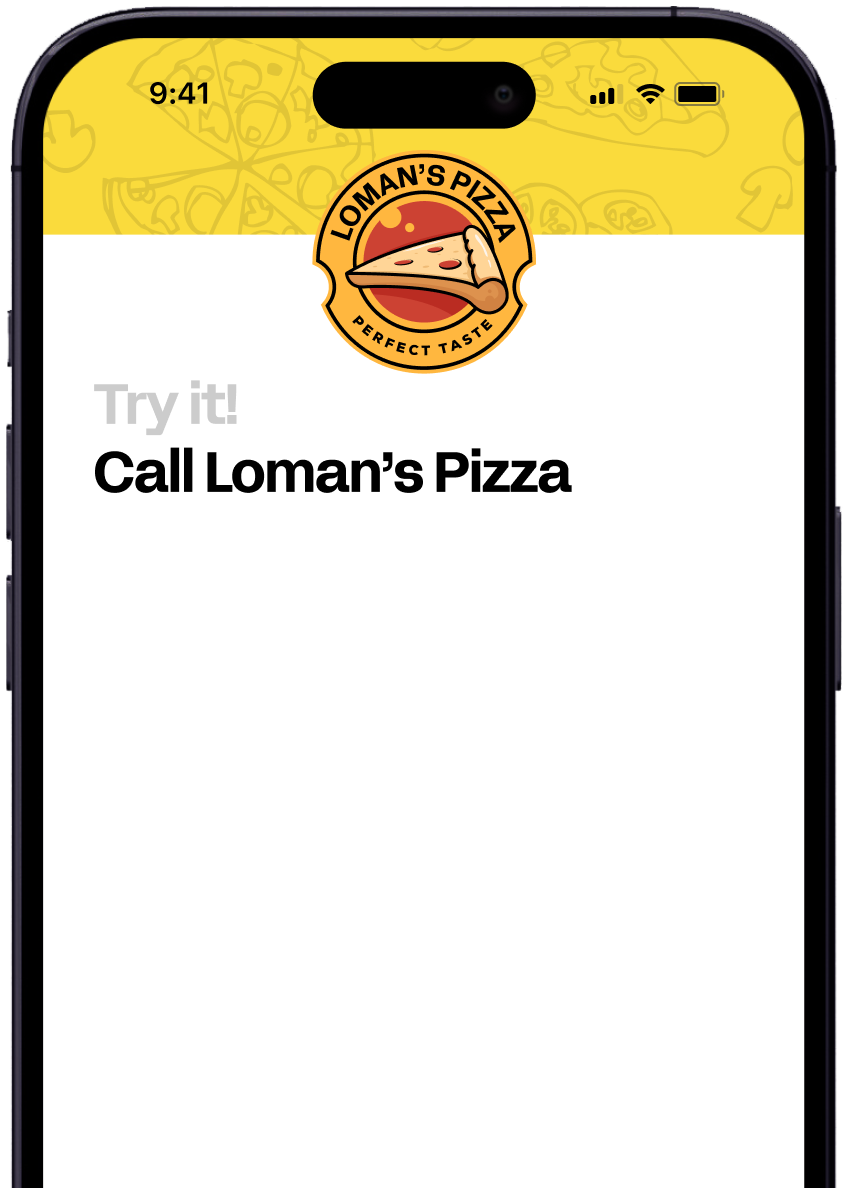February 21, 2025

Did you know that 67% of restaurants lose potential customers due to language barriers? This startling statistic highlights a critical issue in the food service industry. As our world becomes more interconnected, restaurants are increasingly serving diverse clientele who speak various languages.
Language differences can lead to misunderstandings, incorrect orders, and frustrated customers. These challenges not only impact customer satisfaction but can also significantly affect a restaurant's bottom line. Let's explore how AI is changing the game in restaurant communication.
Artificial Intelligence is revolutionizing the way restaurants handle multilingual communication. AI-powered tools can now understand and translate multiple languages in real-time, bridging the gap between staff and customers who don't share a common language.
Here are some key ways AI is breaking down language barriers in restaurants:
These advancements are not just convenient; they're transforming the dining experience for both customers and staff.
Implementing AI-powered language solutions in restaurants goes beyond just facilitating communication. It has far-reaching effects on various aspects of restaurant operations:
By eliminating language barriers, restaurants can create a more inclusive and welcoming environment for all customers. This not only improves the dining experience but can also lead to increased repeat business and positive word-of-mouth recommendations.
Let's look at some practical applications of AI in breaking language barriers in restaurants:
AI-powered phone systems can handle customer calls in multiple languages, taking reservations and answering queries without human intervention. For instance, Loman.ai offers a comprehensive AI phone agent that can manage calls in various languages, ensuring no customer inquiry goes unanswered due to language differences.
AI tools can instantly translate menus into multiple languages, allowing customers to browse and order with confidence. This technology goes beyond simple word-for-word translation, considering cultural nuances and dietary preferences.
AI-powered earpieces or smartphone apps can provide real-time translation during face-to-face interactions between staff and customers. This enables smooth communication even when there's no common language.
As shown in this video, AI is rapidly advancing in its ability to break down language barriers, with applications extending far beyond just the restaurant industry.
While AI offers tremendous potential for solving language barriers in restaurants, there are challenges to consider:
However, the benefits often outweigh these challenges. Many restaurants find that the initial investment in AI technology pays off through increased efficiency, customer satisfaction, and ultimately, higher revenue.
As AI technology continues to evolve, we can expect even more sophisticated solutions for language barriers in restaurants. Some potential future developments include:
These advancements promise to make dining out a truly global experience, where language is no longer a barrier to enjoying great food and service.
This video demonstrates how AI is already making significant strides in breaking down language barriers across various industries, including hospitality and food service.
The integration of AI in restaurant service is not just about convenience; it's about creating a more inclusive dining experience for everyone. By breaking down language barriers, restaurants can expand their customer base, improve service quality, and boost overall satisfaction.
As we've seen, solutions like Loman.ai are at the forefront of this transformation, offering AI-powered tools that can handle multiple languages and streamline communication in restaurants. These innovations are paving the way for a future where language differences no longer hinder the enjoyment of a great meal.
Whether you're a restaurant owner looking to improve your multilingual service or a food enthusiast excited about the future of dining, the role of AI in breaking language barriers is undoubtedly a game-changer in the restaurant industry.
AI translations have become increasingly accurate, with many systems achieving over 95% accuracy for common phrases and menu items. However, context and nuance can still be challenging, which is why many AI systems are continuously learning and improving.
While AI can handle many aspects of communication, it's not meant to replace human staff entirely. Instead, it serves as a powerful tool to assist staff, allowing them to focus on providing personalized service and handling more complex interactions.
The cost can vary widely depending on the specific solution and scale of implementation. However, many restaurants find that the investment pays off through increased efficiency and customer satisfaction. Some solutions, like Loman.ai, offer flexible pricing options to suit different restaurant sizes and needs.
Advanced AI systems are continually expanding their language capabilities. While they may be most proficient in widely spoken languages, many are also being trained to understand and translate various dialects and less common languages, improving their versatility in diverse restaurant settings.

Enter your information in the form to receive a call from Loman and place an order like a customer would!